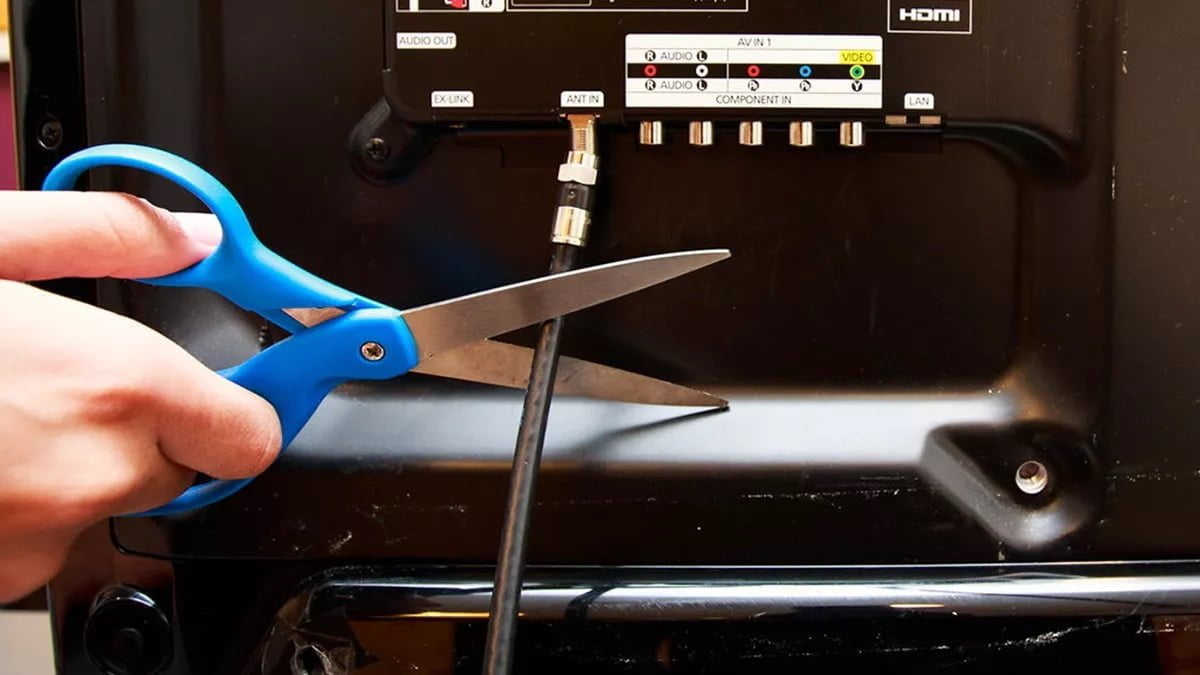People across America are learning to live without a traditional cable package. That is bad news for regional sports networks. The former CEO of one of the most valuable RSNs says those channels, and sports as a whole, are a big part of cord cutters’ motivation.
“The cost of sports is the main reason people are cutting the cord on cable. We’re learning to live without sports,” Leo Hindery, former CEO of the YES Network, recently told CNBC’s Alex Sherman.
Outside of ESPN, regional sports networks, tend to have the highest carriage fees on cable. That is to offset the costs accumulated by nabbing exclusive TV rights to major league teams. Sherman cites the research firm Kagan in pointing out that many RSNs charge cable and satellite operators more than $5 per subscriber. That, of course, forces the provider to raise customers’ rates and drives some customers away from traditional TV entirely.
More than 25 million people have left cable and satellite since 2012. By the end of 2025, it is expected that another 15 million will follow.
Sinclair’s Bally Sports RSNs were left out of the company’s most recent deal with DISH Network. That is a problem for Sinclair, but not for DISH. The company’s founder and chair Charlie Ergen recently told analysts that he doesn’t see a reason to change that position.
“We don’t have any customers calling us on RSNs today. We’re happy to talk about anything that’s creative and doesn’t harm our customers, but we’re not interested in taxing our customers when they don’t watch the channel. That doesn’t make any sense.”
Right now, industry analysts say there is no way for Sinclair to launch a reasonably priced streaming service featuring its regional sports network content. No one is cutting the cord on cable to pay what some have estimated could cost nearly $10 per month more than Netflix or HBOMax just for games. That is around what Sinclair would have to charge to make a service financially viable.









